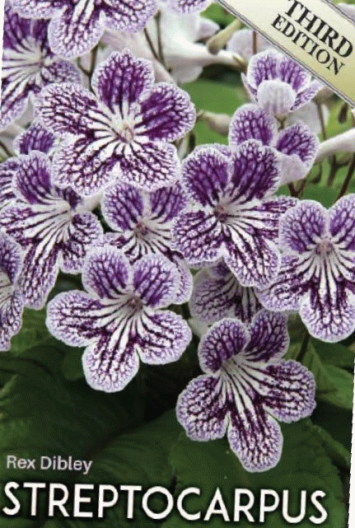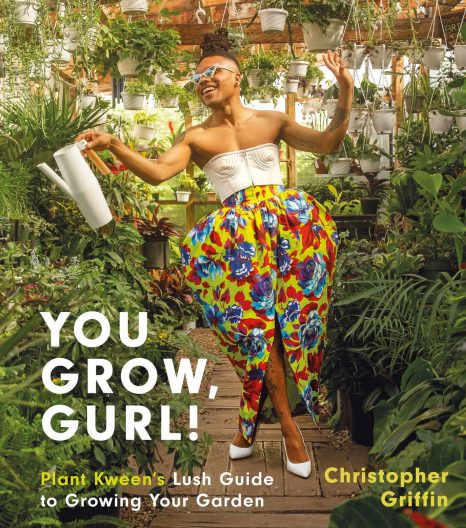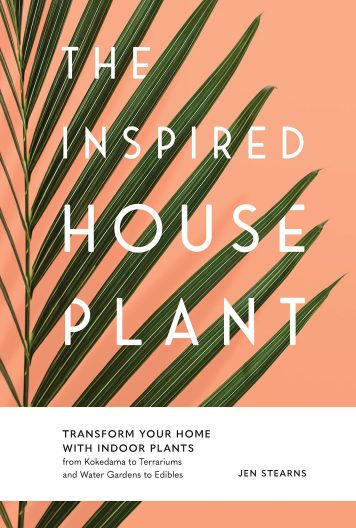 About 20 years ago, I drove a very narrow roadway in northern Wales in search of Dibley’s Nursery. I had recently discovered the genus Streptocarpus, a houseplant that is closely related to African violets (now considered to be in the same genus). All my reading confirmed that Dibley’s was THE source in Britain, if not the world, for this plant. A visit was mandatory.
About 20 years ago, I drove a very narrow roadway in northern Wales in search of Dibley’s Nursery. I had recently discovered the genus Streptocarpus, a houseplant that is closely related to African violets (now considered to be in the same genus). All my reading confirmed that Dibley’s was THE source in Britain, if not the world, for this plant. A visit was mandatory.
I was not disappointed. The complex of greenhouses was filled with Streptocarpus varieties in a rainbow of colors, everything except orange. It was a day I fondly remember. While I couldn’t transport any plants home with me, I’m now very pleased that the Miller Library has the 3rd edition of “Streptocarpus” by Rex Dibley. This book highlights many of the varieties the firm has introduced and much more.
There are over 150 recognized species and several of these are shown with photos from their natural setting in several locations in Africa. The most unusual have only one large leaf with the inflorescence growing out of the base. Some are monocarpic, blooming once, setting seed, and then dying. While these are more challenging to grow, I encourage all to try the easier hybrids that are widely available.
Excerpted from Brian Thompson’s article in the Spring 2023 issue of the Arboretum Bulletin

Known to Instagram followers as an ‘influencer,’ Plant Kween grows over 200 houseplants (the ‘gurls’ of the book’s title) in a small Brooklyn apartment. Christopher Griffin dedicates this book to the grandmother whose love of plants and gardening made a strong impression on him at a tender age.
Written in a conversational style, and providing the expected horticultural details one might need to keep a plant alive indoors, there are many unexpected aspects to this book: it is the first houseplant book I’ve encountered that comes with a playlist! Griffin is the opposite of snobbish, not a seeker of the rarest of plants for their own sake. Plants that can thrive and whose beauty brings delight are the important thing.
While anthropomorphizing plants, Griffin also phytomorphizes humans: “We are basically houseplants with complex emotions.” Caring for plants is inextricably linked to caring for one’s own well-being. He reflects on the ways that we might judge ourselves as ‘not having a green thumb,’ and recounts an apocryphal tale about the term’s origins which puts things in perspective. Griffin takes a forgiving and encouraging stance on gardening as an ongoing learning experience that is open to anyone.
As someone immune to the allure of Instagram who mainly grows plants outdoors, I was nevertheless charmed by this book’s ebullient enthusiasm for growing green ‘gurls.’ To quote the author, “This book is filled with that Black queer nonbinary femme plant parent joy!”
 Jen Stearns is the owner of Urban Sprouts, a houseplant specialty nursery in Renton, WA. Her new book, “The Inspired House Plant,” aims to make your indoor space more festive by promoting a great diversity of indoor plants and teaching you to be a good plant parent. The emphasis is on foliage – so no African violets or orchids, but that doesn’t mean the selections are dull.
Jen Stearns is the owner of Urban Sprouts, a houseplant specialty nursery in Renton, WA. Her new book, “The Inspired House Plant,” aims to make your indoor space more festive by promoting a great diversity of indoor plants and teaching you to be a good plant parent. The emphasis is on foliage – so no African violets or orchids, but that doesn’t mean the selections are dull.
Successful display is critical for enjoyment and various options are considered, including bowls, terrariums, and plants in containers of water – fish are optional. Vertical and hanging plants are encouraged and one chapter is devoted to using your plants to enhance your overall interior style. Of course, there is some promotion of the author’s business, but the cultural advice is sound and this nicely designed book will encourage your creativity.
Excerpted from the Fall 2020 issue of the Arboretum Bulletin
 About 20 years ago, I drove a very narrow roadway in northern Wales in search of Dibley’s Nursery. I had recently discovered the genus Streptocarpus, a houseplant that is closely related to African violets (now considered to be in the same genus). All my reading confirmed that Dibley’s was THE source in Britain, if not the world, for this plant. A visit was mandatory.
About 20 years ago, I drove a very narrow roadway in northern Wales in search of Dibley’s Nursery. I had recently discovered the genus Streptocarpus, a houseplant that is closely related to African violets (now considered to be in the same genus). All my reading confirmed that Dibley’s was THE source in Britain, if not the world, for this plant. A visit was mandatory.
 Jen Stearns is the owner of Urban Sprouts, a houseplant specialty nursery in Renton, WA. Her new book, “The Inspired House Plant,” aims to make your indoor space more festive by promoting a great diversity of indoor plants and teaching you to be a good plant parent. The emphasis is on foliage – so no African violets or orchids, but that doesn’t mean the selections are dull.
Jen Stearns is the owner of Urban Sprouts, a houseplant specialty nursery in Renton, WA. Her new book, “The Inspired House Plant,” aims to make your indoor space more festive by promoting a great diversity of indoor plants and teaching you to be a good plant parent. The emphasis is on foliage – so no African violets or orchids, but that doesn’t mean the selections are dull.